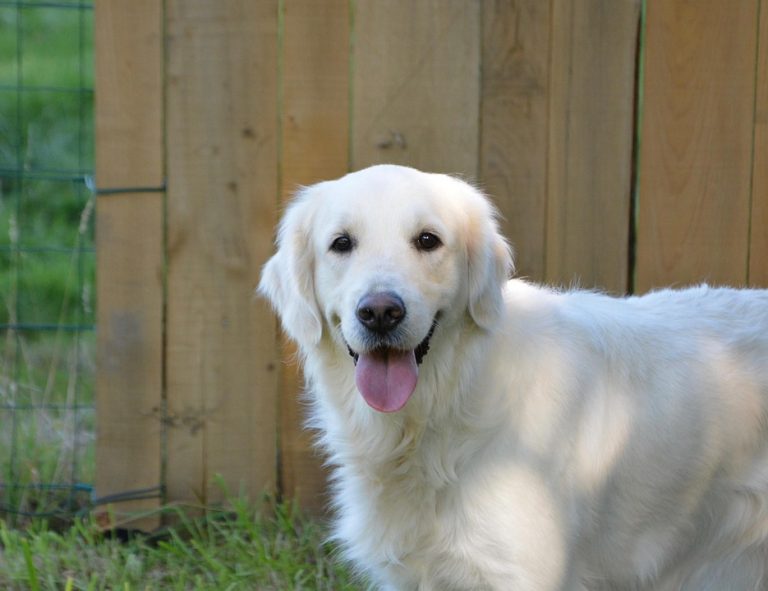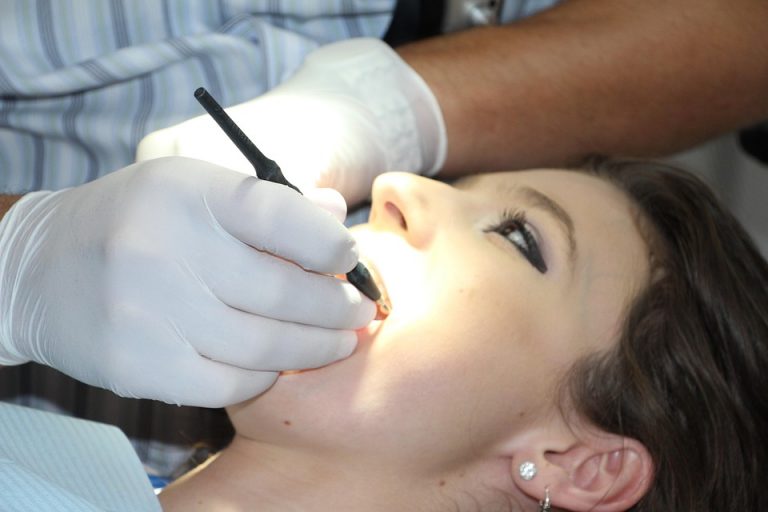Pet grooming at home is the confident, loving act of keeping your pet clean, healthy, and comfortable without leaving your living room. It means brushing mats before they become pain, trimming nails so walks stay joyous, and spotting skin issues early. It matters because your hands are the first line of care — and because you can save money, reduce stress for skittish animals, and build a deeper bond with your companion.
Contents
- Why Pet Grooming At Home Changes Everything
- How To Do Pet Grooming At Home Safely
- Tip 1: Start With The Right Tools
- Tip 2: Master Brushing For Comfort And Health
- Tip 3: Bathing Without Drama
- Tip 4: Trim Nails Like A Pro
- Tip 5: Keep Ears And Teeth Healthy
- Tip 6: Clip With Confidence — And Know When To Stop
- Tip 7: Make Grooming A Loving Ritual
- Troubleshooting And Safety Notes
- Quick Checklist For Every Session
- Real People, Real Wins
- The Bottom Line
- FAQ
Why Pet Grooming At Home Changes Everything
You may think grooming is only about looks. It isn’t. Proper grooming prevents infections, reduces shedding across your furniture, and can reveal lumps or parasites before they escalate. Veterinary studies show regular grooming reduces the risk of skin conditions and helps detect health issues sooner, and veterinarians at Cornell University routinely recommend home checks between clinic visits.
When you learn pet grooming at home, you’re doing more than cleaning. You’re taking charge of your pet’s well-being. You gain control. Your pet gains comfort. Your household gains fewer surprises.
How To Do Pet Grooming At Home Safely
Safety first. Choose a quiet space with good light. Keep treats close. Use non-slip surfaces and keep emergency contact numbers — your vet and a nearby clinic — readily available.
Learn basic restraint techniques that are gentle but effective. If your dog or cat shows signs of fear or aggression, stop and regroup. Experts at the American Veterinary Medical Association emphasize positive reinforcement and slow, predictable motions when grooming.
Tip 1: Start With The Right Tools
Good tools make the job fast and kind.
- Slicker brush for tangles and mats on medium to long coats.
- Bristle brush for short coats and finishing shine.
- Undercoat rake for seasonal shedding.
- Rounded-tip scissors for trimming hair around paws and eyes.
- Quality clippers for heavy coats and maintenance.
When you invest in proper tools, pet grooming at home becomes less like a chore and more like a ritual. Save money by buying durable tools; cheap blades can tug hair and cause pain.
Tip 2: Master Brushing For Comfort And Health
Brushing isn’t optional. It’s medicine you give daily.
Brush schedules:
- Short coats: twice a week.
- Medium coats: three times a week.
- Long coats: daily or every other day.
Use short, gentle strokes and praise your pet often. If you find a mat, don’t yank. Apply a detangling spray and tease the mat apart with your fingers or a mat splitter. Brushing removes loose fur, spreads natural oils, and prevents painful tangles that can hide infections.
Tip 3: Bathing Without Drama
Bath time can be a spa or a struggle. Make it the former.
- Use lukewarm water and a pet-specific shampoo. Human shampoos disrupt pH balance and can dry skin.
- Rinse thoroughly. Residue irritates skin.
- Dry carefully with a towel and low-heat dryer if tolerated.
A study on bathing frequency suggests once a month is enough for many dogs, but breeds and skin conditions vary. When you bathe your dog as part of your pet grooming at home routine, keep it calm and predictable. Reward after for a stress-free memory.
Tip 4: Trim Nails Like A Pro
Long nails hurt. They change gait. They crack.
Learn to trim a little at a time. Use treats and gentle restraint. For light-colored nails, the quick is visible — avoid it. For dark nails, trim small bits and watch for a grayish circle. If you cut the quick, apply styptic powder and stay calm.
Many owners fear nail trimming. Practice often and keep sessions short. With patience, your pet will accept — even enjoy — nail care. That’s the power of consistent pet grooming at home.
Tip 5: Keep Ears And Teeth Healthy
Ears and teeth show more than bad breath and wax. They reveal infections and disease.
- Check ears weekly for odor, redness, or dark wax. Use a vet-recommended cleaner and cotton balls.
- Brush teeth three times a week with an enzymatic toothpaste made for pets. Dental disease is linked to heart and kidney problems, and veterinarians recommend routine home care for prevention.
Small actions — a weekly ear check and regular toothbrushing — amplify health. They’re essential steps in practical pet grooming at home.
Tip 6: Clip With Confidence — And Know When To Stop
Clipping fur can be symbolic: a fresh start or a painful mistake.
- Practice on short sessions.
- Keep clippers charged and blades oiled.
- Learn breed-specific cuts from reputable breed clubs or video tutorials led by groomers.
If you’re unsure, choose safety. Some cuts require professional skill. When in doubt, schedule a salon visit and learn by watching. Your goal is confidence, not perfection. When you handle clipping as part of your pet grooming at home plan, you save money and lower salon anxiety for your pet.
Tip 7: Make Grooming A Loving Ritual
Grooming should be a ritual of connection, not punishment.
- Start with 5-10 minute sessions.
- Use calming language and soft touches.
- End with a favorite treat or a walk.
Grooming is a conversation. Your pet speaks through body language. When you respect that language, grooming becomes a moment of trust. That’s real power — and it’s the heart of pet grooming at home.
Troubleshooting And Safety Notes
If you encounter persistent skin redness, swelling, a suspicious lump, or changes in behavior, contact your veterinarian. Conditions that look cosmetic can be medical. The CDC offers guidance on zoonotic risks to handlers, and the ASPCA provides resources for grooming-related stress management.
Avoid DIY chemical products that promise miracles. Use products recommended by veterinary dermatologists or your clinic. When you prioritize safety in pet grooming at home, you protect both your pet and your peace of mind.
Quick Checklist For Every Session
- Calm environment and non-slip surface.
- Proper brush and towel nearby.
- Treats for positive reinforcement.
- First-aid kit with styptic powder and vet contact info.
- Short, consistent sessions.
A checklist turns chaos into calm. Do this every time and pet grooming at home becomes second nature.
Real People, Real Wins
I spoke with a groomer who trains owners to brush daily. She says dogs become more relaxed in five sessions. A veterinary technician told me about a cat whose early ear infections were caught during a routine at-home grooming check — the owner saved months of discomfort and a costly procedure.
These are not one-off stories. They’re proof that pet grooming at home makes measurable differences.
The Bottom Line
Pet grooming at home is a powerful act of love and care. It reduces health risks, strengthens your bond, and saves money. With the right tools, a calm plan, and short, consistent sessions, you can keep your pet comfortable, healthy, and proud.
Be bold. Start small. Make it routine. Your pet will thank you with softer fur, happier walks, and fewer vet surprises.
Be kind to yourself. You’re learning a new skill, and every minute counts.
FAQ
How Often Should I Do Pet Grooming At Home?
Aim for a little every day and a deeper session weekly. Short daily brushes and monthly baths balance cleanliness and skin health.
Can I Use Human Shampoo For My Pet?
No. Human shampoos change skin pH and can irritate. Use a pet-formulated shampoo or a vet-recommended product to avoid dryness and allergic reactions.
What If My Pet Hates Grooming?
Start with tiny sessions and positive reinforcement. If fear persists, consult a certified trainer or your vet for behavior-focused strategies.
When Should I See A Professional Instead Of Doing Pet Grooming At Home?
If your pet has severe mats, aggressive behavior, or a medical condition affecting skin or coat, seek a professional groomer or your veterinarian. Safety and specialized skill matter.
Are There Health Risks To Grooming At Home?
When done correctly, home grooming is safe. Risks increase with improper tools, harsh products, or ignoring signs of infection. Follow vet guidance and stop if you’re unsure.
— — —
References
Centers for Disease Control and Prevention provides guidance on preventing zoonotic diseases and safe handling practices (https://www.cdc.gov/healthypets/).
American Veterinary Medical Association offers resources on grooming, restraint, and animal welfare best practices (https://www.avma.org/resources-tools).
Cornell University College of Veterinary Medicine publishes expert advice on skin conditions, grooming routines, and preventive care (https://www.vet.cornell.edu/).
ASPCA offers tips on reducing grooming-related stress and safety measures for handling pets (https://www.aspca.org/).
Veterinary Dermatology research and resources are available through academic journals and university extension pages for breed-specific care (https://www.veterinarydermatology.org/).








